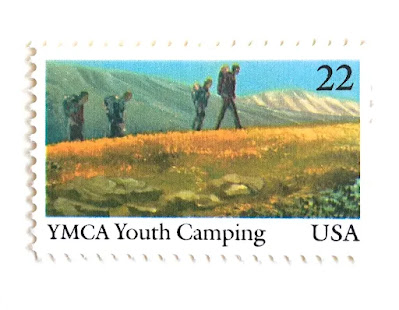World Breastfeeding Week is an annual global campaign observed from August 1st to August 7th to raise awareness and promote the importance of breastfeeding for both infants and mothers. The week is organized by the World Alliance for Breastfeeding Action (WABA), a network of individuals and organizations that advocate for breastfeeding worldwide.
Breastfeeding is a vital aspect of maternal and child health, providing numerous benefits for both the baby and the mother. Breast milk is a complete and ideal source of nutrition for infants, containing essential nutrients, antibodies, and enzymes that support the baby's growth and immune system. It also fosters a unique bond between mother and child.
World Breastfeeding Week aims to highlight the significance of breastfeeding in the early years of a child's life and encourage mothers to initiate and continue breastfeeding for at least the first six months, with the introduction of complementary foods up to two years and beyond.
During this week, various events, seminars, workshops, and campaigns are held globally to educate communities about the benefits of breastfeeding and provide support to breastfeeding mothers. The campaign also addresses the challenges that some women may face in breastfeeding and advocates for policies and programs that protect and support breastfeeding in workplaces, healthcare settings, and public spaces.
Each year, World Breastfeeding Week has a specific theme to guide the campaign's focus and messaging. Themes from previous years have included "Empower Parents, Enable Breastfeeding," "Sustaining Breastfeeding Together," and "Breastfeeding: Foundation of Life."
Breastfeeding is a critical component of early childhood development and has long-term health benefits for both infants and mothers. World Breastfeeding Week plays a crucial role in spreading awareness about the significance of breastfeeding and encouraging supportive environments that enable mothers to breastfeed successfully.










